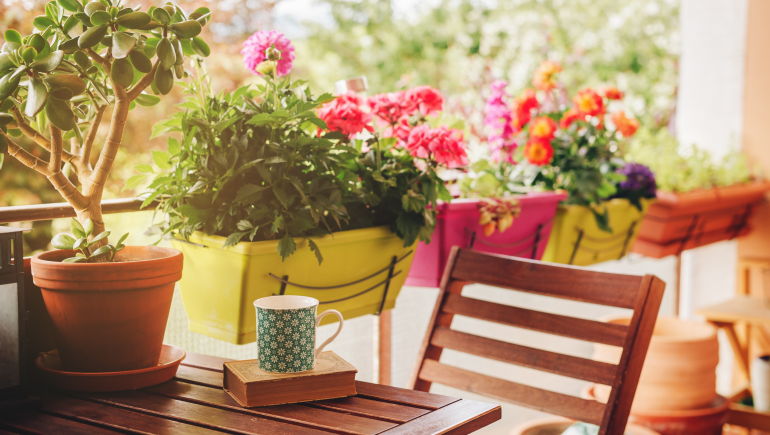Design trends emerging from the pandemic
Thursday, October 29, 2020
Staying safe during the pandemic has extended beyond masks and physical spacing and into our homes. We're adapting our personal spaces to reduce our exposure to the coronavirus. Some trends like home offices are now common, but one may surprise you.

No touch tech
Smart homes are growing in popularity, especially no touch technology. Controlling lights and appliances via voice-activation helps avoid touching surfaces, especially in the kitchen and bathroom. Sensor-controlled lights and taps, more commonly seen in public spaces before the pandemic, are now popular in homes. Smart systems with indoor air quality management are also increasingly popular.
Indoor air quality
The coronavirus and other germs can easily spread through the air. Spending more time at home in smaller spaces and with others has created more demand for air purifiers, ranging from stand-alone models to sophisticated smart systems. Open windows are an easy option in warmer months, but other air freshening methods are needed when the temperature drops outside. There’s a wide variety of air purifiers that may help. Many have specific designs to reduce airborne irritants like allergens, dust, and pet dander.
Bidet attachments
The bidet toilet attachment has made inroads in the North American market due to the pandemic. When toilet paper was scarce, these attachments gained popularity as a sanitary alternative. Using comparably less water than it takes to produce toilet paper, the bidet is also seen as environmentally friendly. Toilets with built-in bidets may be more affordable sooner than we think.
Outdoor space more important
Connecting to the outdoors is important for our mental health. This is especially true for those living in apartments and townhouses. Demand for balconies, renovations opening rooms to the outside, and enlarging windows are increasing. Balconies and smaller spaces provide an important sense of calm when you add comfy chairs, plants, and water features. When temperatures drop, get a front seat to the outside and create a reading seat by framing a window with bookshelves on either side, and adding a cushioned storage unit or bench in between.
Home offices
Working remotely, usually from home, is more embedded in our work lives than ever before. Home offices, once considered a luxury, are now becoming more popular. Requests for purpose-built offices with systems capable of handling remote work and a professional backdrop for video meetings have grown. If you don’t have the space for a dedicated office, consider a minor renovation of your current space to upgrade your technology and professional needs.